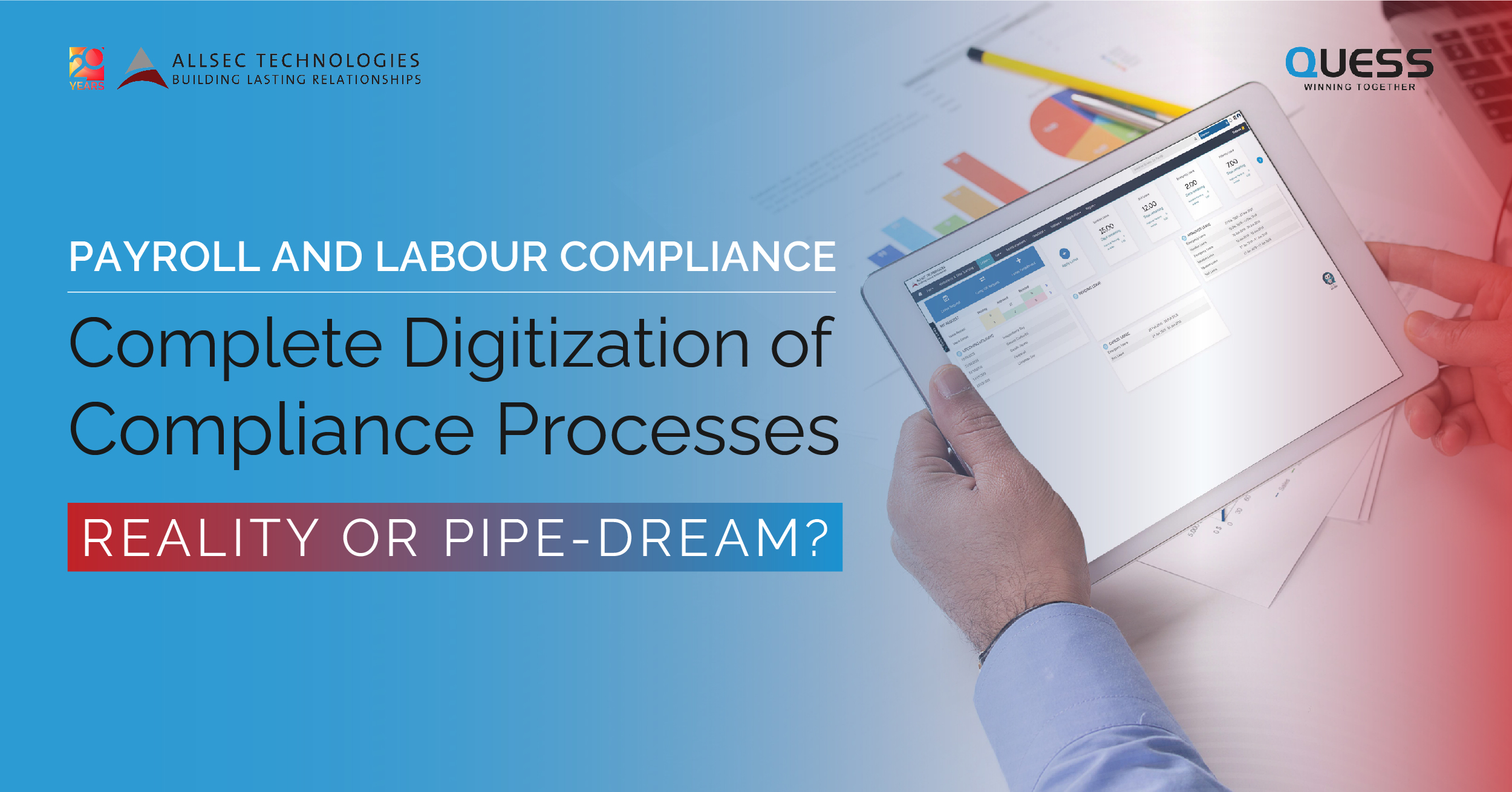
How Digitization Has Transformed Compliance Management
Digital transformation has been the mantra to grow businesses, streamline operations and strengthen stakeholder and customer relationships. When it comes to digitization, sales, the supply chain process, research and development, and other profit-impacting segments are prioritized first. Compliance management and internal audit are usually the last ones to go through digital transformation.
For years, traditional compliance practices were designed largely as a means of enforcement for legal functions. Hence, there’s been no escape from legacy processes in areas like labour law compliance and factory compliance services.
Embracing The Digital Shift
However, the pandemic brought with it a marked change in the way businesses executed multiple functions, from operations and remote working to compliance. Forced digitization meant companies had to swiftly keep abreast of new rules, fully comprehend their impact, and explore ways to implement establishment compliance services in a timely and cost-effective manner using technology.
A report from EY found that 60% of those surveyed were willing to increase their investments in forensic technology to improve compliance functions within the organization. This is because fraud, corruption, cybercrime, regulatory scrutiny, and data privacy concerns have shot up significantly in the last year. As a result, there has been increasing acceptance for digitizing anti-fraud, compliance, and risk management frameworks.
With digital tools like cloud technologies, data can be integrated at multiple levels such as connecting safety compliance with reporting software that can alert you to upcoming deadlines, renewal dates and expirations.
In addition, the growing cost of legacy compliance processes are not sustainable in the long run. Companies that did not switch to digital compliance systems found themselves facing the short end of the stick both in terms of efficiency and costs. As a result, more and more companies have been implementing some form of digitization in their compliance processes.
The Risks with Going Digital
The flipside of digitizing compliance management is concerns over cyber security, privacy and improper data integration. Hard controls to reduce compliance risks are another problem. In the process of going digital, companies may ignore cultural aspects and brand equity. Companies will need to strategize to develop standardized risk processes and compliance mechanisms. This will help them manage compliance centrally. Digital establishment compliance services need to be aligned with the company’s broad digitization goals.
Action Plan
To effectively digitize the compliance process, companies need to have a demonstrated focus on how technology will transform the compliance process within the organization. There needs to be a clear tone from the top management and a culture of strong risk management. The right compliance software is also key to ensuring that the compliance operating model covers key issues and there is a comprehensive list of all laws, rules and regulations to enable a low-risk compliance risk management system.
There needs to be a strategic approach to invest in innovative digital solutions that provide high value returns on risk and compliance programs for it to be effective in the long run.


